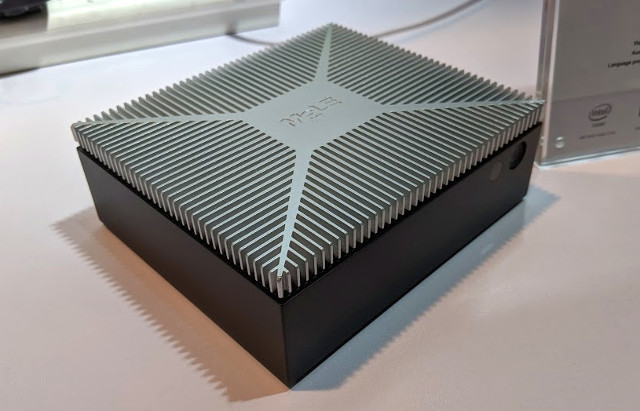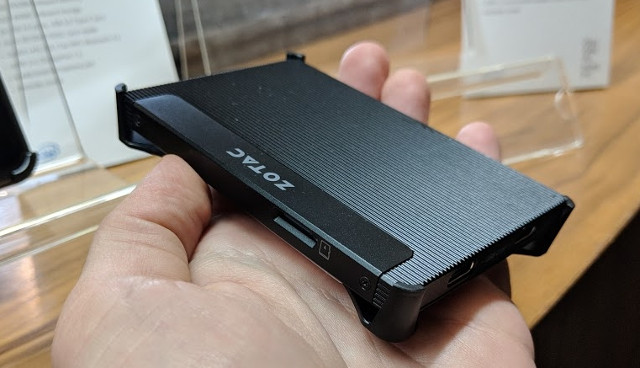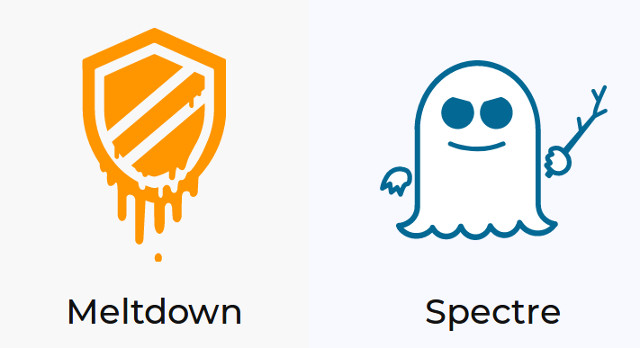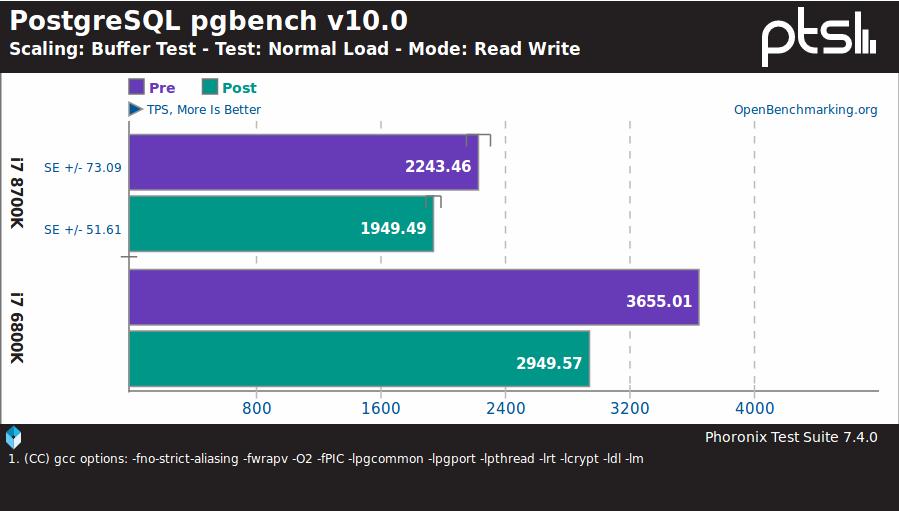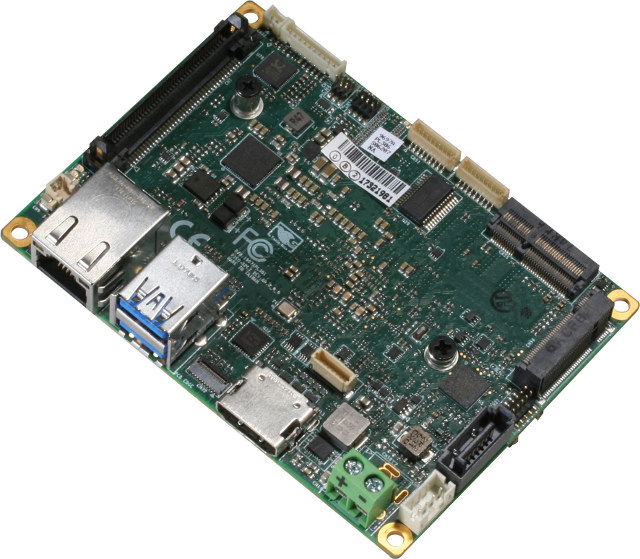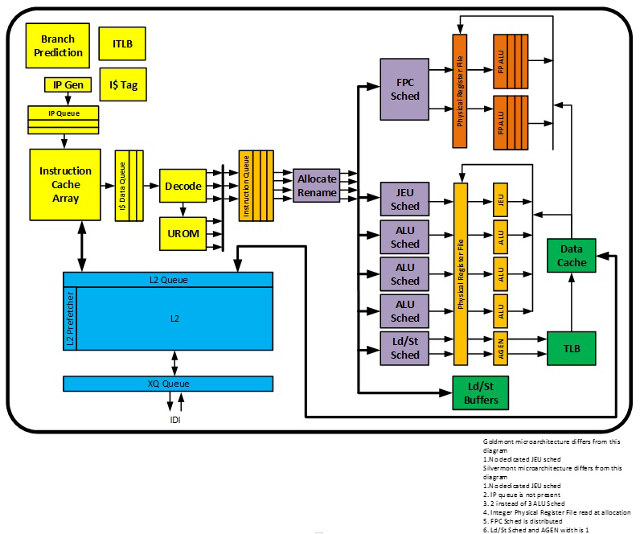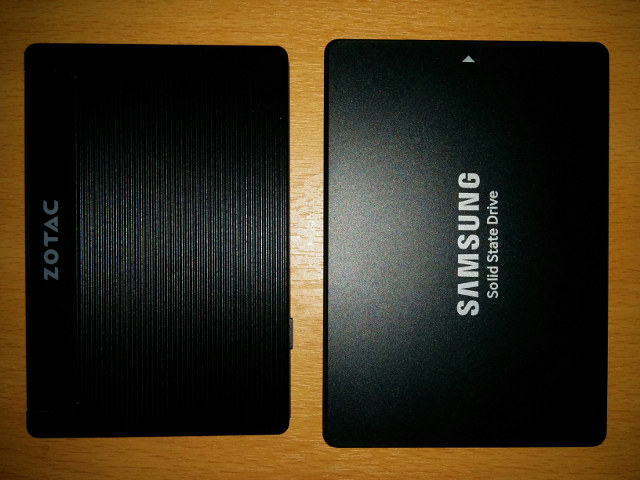Gemini Lake mini PCs are being announced at CES 2018, and we can expect them to sell in Q2 2018 for a price similar to Apollo Lake models all other features being equal. We’ve already seen ZOTAC ZBOX PI226 & PI336, ASUS unveiled their PN40 mini PC with few details, and of course Intel’s own GLK NUCs should be brought to market soon enough. MeLE has made some decent Apollo Lake mini PCs in the past year with their PCG35 Apo and PCG03 Apo models, so it’s no surprise the company is now showcasing their upcoming PCG63-APL4 based on Gemini Lake processors at CES 2018.MeLE PCG63-APL4 specifications: SoC (one or the other) Intel Celeron J4005 dual core Gemini Lake processor up to 2.0/2.7 GHz with 12EU Intel UHD Graphics 600 @ up to 700 MHz; 10W TDP Intel Celeron J4105 quad core Gemini Lake processor up to 1.5/2.5 GHz with […]
ZOTAC ZBOX PICO PI226 & PI336 Gemini Lake Mini PCs Unveiled with Celeron N4000/N4100 Processor
ZOTAC is now showcasing their first Gemini Lake based mini PCs at CES 2018 with ZBOX PICO PI226 & PI336 models powered respectively by an Intel Celeron N4000 dual core processor, and Intel Celeron N4100 quad core processor. ZBOX ZBOX PICO PI226 The model is similar to ZOTAC PI225 reviewed by Linuxium a few weeks ago, and the company had to disable turbo mode in PI225 in order to keep temperature under control. The company placed it in the VESA mount for the event, and at first I though it may help with cooling, but Linuxium (see comments) tried with PI225, and heat dissipation was not improved. ZOTAC PI226 specifications: SoC – Intel Celeron N4000 dual core Gemini Lake processor up to 1.1/2.6 GHz with 12EU Intel UHD Graphics 600 @ up to 650 MHz; 6W TDP System Memory – 4GB LPDDR4 Storage – 32GB eMMC flash, micro SD card […]
Companies Address Concerns related to Speculative Execution Exploits: Meltdown and Spectre
Yesterday, news surfaced about a “bug” in Intel processors that could be fixed at the operating system level at the cost of a decrease in performance for some tasks, from a typical, and barely noticeable 5% hit, to a more consequent 30% hit for some specific tasks, and as we discussed yesterday I/O intensive tasks are the most impacted by the changes. While Intel (and Arm) are impacted, AMD claims not to be, and the issue was reported by major news outlets and likely impacting the stock price of the companies with Intel stock losing 3.39%, and AMD stock gaining 5.19%, so obviously every company felt the need to answer, starting with Intel’s response to security research findings: Recent reports that these exploits are caused by a “bug” or a “flaw” and are unique to Intel products are incorrect. Based on the analysis to date, many types of computing devices […]
Intel Hardware Security Bug Fix to Hit Performance on Windows, Linux…
Many security bugs can be fixed without performance penalty , but according to reports Intel processors have a hardware bug – whose details have not been disclosed yet (embargo) – that seems to affect all operating systems including Windows, Linux, Mac OS, etc…, and the fix may lead to significant performance hits for some tasks. We know a bit more thanks to the Kernel Page Table Isolation (KPTI) patch for Linux that enables the fix/workaround with X86_BUG_CPU_INSECURE feature. The fix used to be called KAISER, and there’s an explanation on LWN about “hiding the kernel from user space” about the issue: On contemporary 64-bit systems, the shared address space does not constrain the amount of virtual memory that can be addressed as it used to, but there is another problem that is related to security. An important technique for hardening the system is kernel address-space layout randomization (KASLR), which randomizes […]
PICO-APL3 Apollo Lake Pico-ITX Board Comes with an Optional TPM 2.0 Module
AAEON has launched another industrial Pico-ITX board powered by Intel Celeron/Pentium Apollo Lake processors with their PICO-APL3 Pico-ITX single board computer featuring either Celeron N3350 or Pentium N4200 processor together with 2 to 4GB soldered DDR3L memory, and 16 to 64 GB eMMC flash. The company explains that one of key differences against other similar board is the option for a TPM module / hardware security that would allow applications such as payment processing for retailers or on the go. AAEON PICO-APL3 board specifications: SoC Intel Celeron N3350 dual core Apollo Lake processor @ up to 1.10/2.40GHz with 12EU Intel HD Graphics 500; 6W TDP Intel Pentium N4200 quad core Apollo Lake processor @ up to 1.10/2.50GHz with 18 EU Intel HD Graphics 505; 6W TDP System Memory – 2GB DDR3L on-board (Option to 4GB) Storage – 16GB eMMC flash (32/64 GB as option), 1x SATA III port (5V/12V power), […]
Year 2017 in Review, Top 10 Posts, and Some Fun Stats
2017 is coming to an end, and as I do every year, I’ll take a look back at the year that was on CNX Software. The pace of development boards launches has not slowed down this year, and we get an even wider range from the low-end with Orange Pi or NanoPi boards, to much more powerful ARM boards, and some new entrants like Libre Computer. The same is true for TV boxes, most of which now support 4K HDR, ranging from ultra cheap models selling for less than $20 to higher end Android TV boxes, while mini PCs were dominated by Intel Apollo Lake models, although some Cherry Trail products were also launched. Processor-wise, Amlogic launched more Amlogic S905X derivatives with S905W/S905D/S905Z, which are popular in the TV box market. Rockchip’s most interesting processor this year was RK3328 quad core Cortex A53 processor designed for 4K HDR Android TV […]
More Details about Goldmont Plus Microarchitecture (used in Gemini Lake Processors)
2017 was the year of systems based on Intel’s low power, low cost Apollo Lake processors, and provided Intel does not suddenly decide to cancel yet another product, they will be replaced by Gemini Lake processors in 2018. The former is based on Goldmont microarchitecture, while the latter relies on the updated Goldmont microarchitecture. Intel has now released a document entitled “Intel 64 and IA-32 Architectures Optimization Reference Manual” where you’ll find more gritty technical details about Goldmont Plus in chapter 16 “SOFTWARE OPTIMIZATION FOR GOLDMONT PLUS, GOLDMONT, AND SILVERMONT MICROARCHITECTURES”. The enhancements over Goldmont include: Widen previous generation Atom processor back-end pipeline to 4-wide allocation to 4-wide retire, while maintaining 3-wide fetch and decode pipeline. Enhanced branch prediction unit. Improved AES-NI instruction latency and throughput. 64KB shared second level pre-decode cache (16KB in Goldmont microarchitecture). Larger reservation station and ROB entries to support large out-of-order window. Wider integer execution […]
Zotac ZBOX PI225 Review – SSD-Like Mini PC Tested with Windows 10 & Ubuntu
What makes the Zotac ZBOX PI225 so interesting is that this is the first true ‘card’ form-factor mini PC. It is a mini PC that looks like a SSD. Whilst Intel replaced the ‘stick’ form-factor with a similar ‘card’ form-factor for their next generation mini PCs they also required a ‘dock’ in order to use them. The difference with the PI225 however is that it actually is a standalone mini PC and includes all the necessary input/output ports. Intrigued by this new form-factor I decided to purchase one and the following is my review of its performance and capabilities. The Zotac ZBOX PI225 is a fanless device which features an Apollo Lake N3350 SoC with 32GB of storage pre-installed with Windows 10 Home, 4GB RAM, 802.11ac WiFi, Bluetooth 4.2, two USB Type-C ports, a micro SD card reader and a power connector. Importantly it comes with all the accessories you […]


